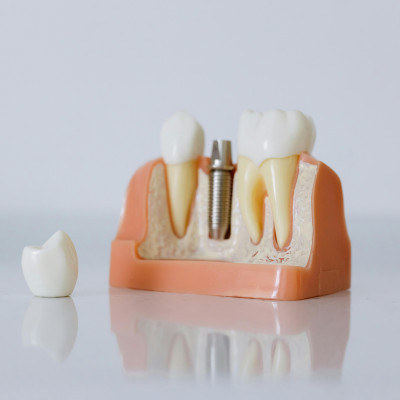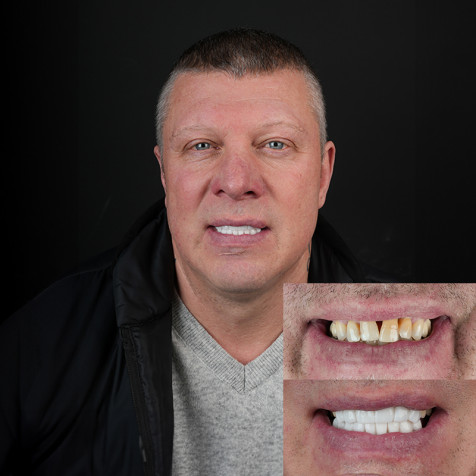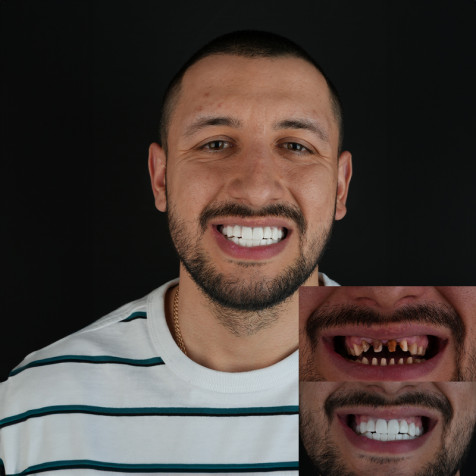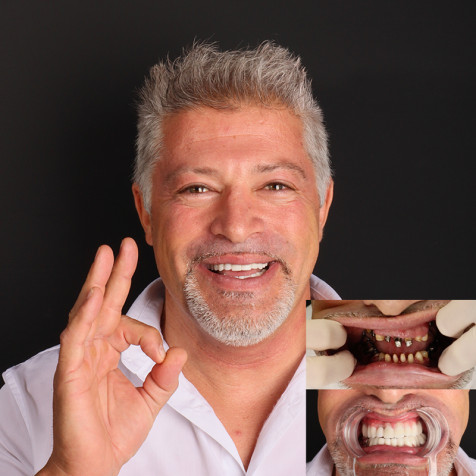


OUR INTERMEDIARY SERVICES
- Dental
- Aesthetic
- Hair Transplant
-
Öncesi/Sonrası
 Diş İmplantı
Diş İmplantı
-
Öncesi/Sonrası
 All On Four İmplant
All On Four İmplant
-
Öncesi/Sonrası
 Hollywood Smile
Hollywood Smile
-
Öncesi/Sonrası
 Dental Veneers
Dental Veneers
-
Öncesi/Sonrası
 Teeth whitening
Teeth whitening
-
Öncesi/Sonrası
 Zirconium Dental Coating
Zirconium Dental Coating
-
Öncesi/Sonrası
 Root Canal Treatment
Root Canal Treatment
-
Öncesi/Sonrası
 Root Canal Treatment
Root Canal Treatment
-
Öncesi/Sonrası
 BBL (Brazillian Butt Lift)
BBL (Brazillian Butt Lift)
-
Öncesi/Sonrası
 Breast Aesthetics
Breast Aesthetics
-
Öncesi/Sonrası
 Eyelid Aesthetic
Eyelid Aesthetic
-
Öncesi/Sonrası
 Rinoplasti
Rinoplasti
-
Öncesi/Sonrası
 Fat Injection
Fat Injection
-
Öncesi/Sonrası
 Arm Lift
Arm Lift
-
Öncesi/Sonrası
 Prominent Ear (Otoplasty)
Prominent Ear (Otoplasty)
-
Öncesi/Sonrası
 Leg Stretching
Leg Stretching
-
Öncesi/Sonrası
 Face - Neck Lift
Face - Neck Lift
-
Öncesi/Sonrası
 Gynecomastia
Gynecomastia
-
Öncesi/Sonrası
 Liposuction
Liposuction
-
Öncesi/Sonrası
 Tummy Tuck
Tummy Tuck
-
Öncesi/Sonrası
 Hair Transplantation
Hair Transplantation
About Us
Who Are We?
We are a travel agency authorized by the Turkish Travel Agencies Association, holding the International Health Tourism Authorization Certificate.
All treatments are carried out in contracted healthcare institutions that possess health tourism authorization certification.
Our Intermediary Services
Estelion Medical enables access to a wide range of health services. We offer intermediary services across many health fields—from conventional dental treatments to cosmetic dentistry, from implant surgery to aesthetic teeth whitening. For our international patients, we have a dedicated team to provide all support and services needed throughout their journey.

About Us
Where Are We?

About Us
Who Are We?
We are a travel agency authorized by the Turkish Travel Agencies Association, holding the International Health Tourism Authorization Certificate.
All treatments are carried out in contracted healthcare institutions that possess health tourism authorization certification.
Our Intermediary Services
Estelion Medical enables access to a wide range of health services. We offer intermediary services across many health fields—from conventional dental treatments to cosmetic dentistry, from implant surgery to aesthetic teeth whitening. For our international patients, we have a dedicated team to provide all support and services needed throughout their journey.

About Us






























Slimane Ouakka
«Ho fatto il mio Trappianto tramite il Servizio di Elston medical, a des so are di vedere i resultati che sono previsti in 3/4 mesi. Le stelle sono 3 per nessun supporto e stato fornito dopo il trapianto»!
Boris Shteinberg
«Отличая современная киника. Прекрасны специалисты враи и их помощники. Безупречный сервс : встреча в аэропорту, ежедневный трансфер в гостиицу и клинику. Осбое большое спасбо Рахиму, за отлчную организацию всего процесса. Очень рекомендую.»
German Kiriukhin
«Был в данной клинике в февале 2024 года стоматологические услги , огромное спаибо всему коллекиву ! все было на баллов , чуткое тношение и внимаие , отдельное спсибо Рахиму переодчику , который ыл на связи со мнй 24 часа в сутки »
Robel Phillipos
«Super clean and professional stuff had an amazing experience with my hair transplant I would recommend this clinic to everyone.»
Richi Rich
«Very correct attitude, explains everything. Works quickly and accurately. Right on schedule. Well-organized transport, kind, fast and accurate drivers Omer and Yildirim Hotel service and hospitality at a high level. Very nice and correct …»